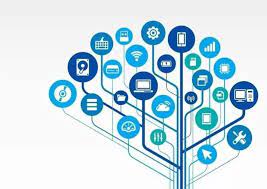Nuance Audio is a new option for people who resist traditional aids, from the company that makes Ray-Bans and operates LensCrafters.
Seekers of Meaning Podcast Posted Online March 7, 2025
What's Next Longevity Deal Talk Episode 32, January, 2025
Presentation: What's Next Longevity Venture Summit, June, 2025

 Accessibility and usability – who knew they were different? The term (and features) arose from the
Accessibility and usability – who knew they were different? The term (and features) arose from the 
 Rant on. Signing on to my bank account on a computer – there is that
Rant on. Signing on to my bank account on a computer – there is that  To reach older adults and their families, one go-to-market channel is not enough. Depending on the product or service, it may need a mix of resellers/distributors, face-to-face, and online sales. The
To reach older adults and their families, one go-to-market channel is not enough. Depending on the product or service, it may need a mix of resellers/distributors, face-to-face, and online sales. The  The biggest older adult tech news from August was audible.
The biggest older adult tech news from August was audible.  The
The  Voice assistants made device hardware actually seem smart.
Voice assistants made device hardware actually seem smart.